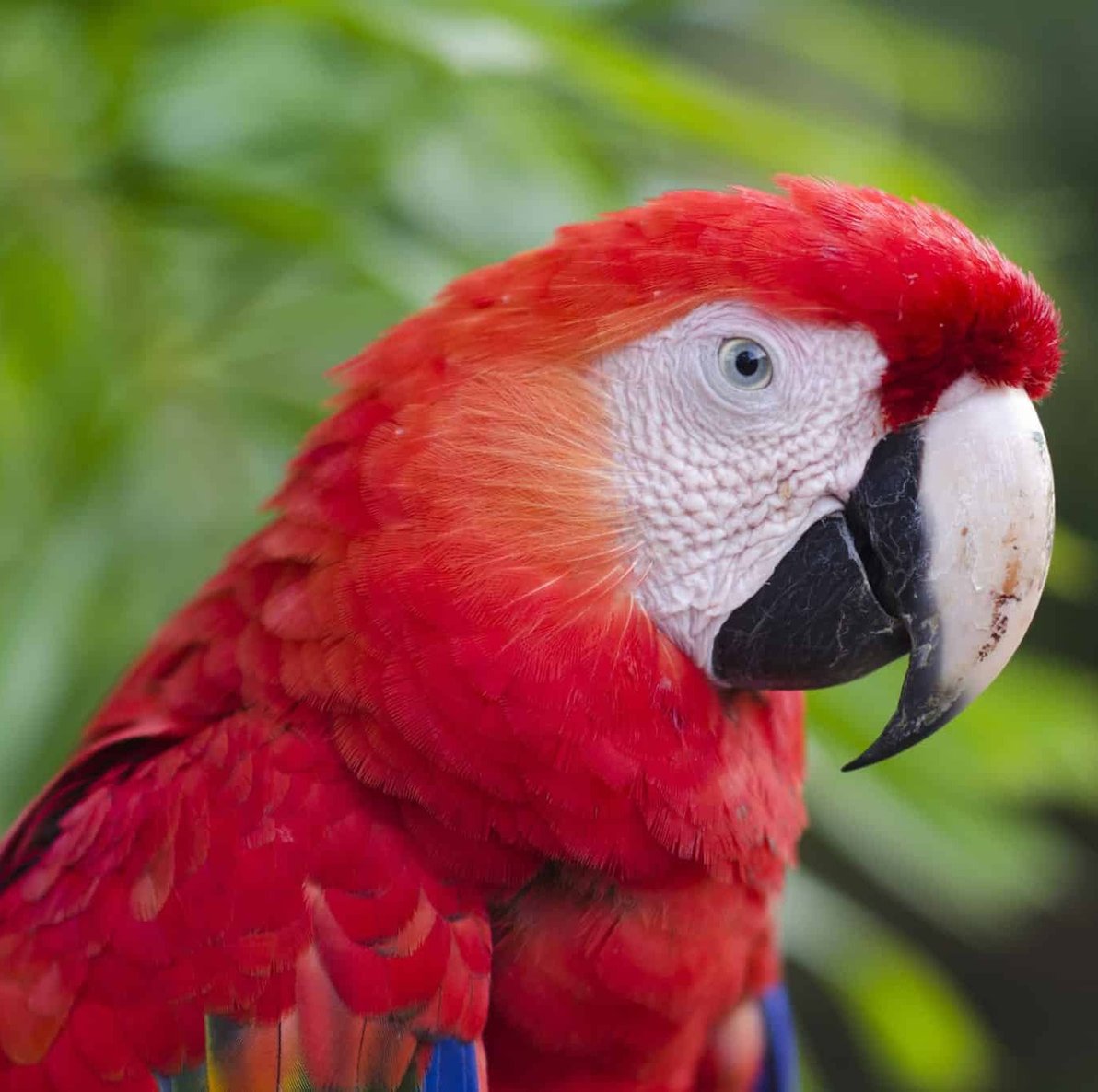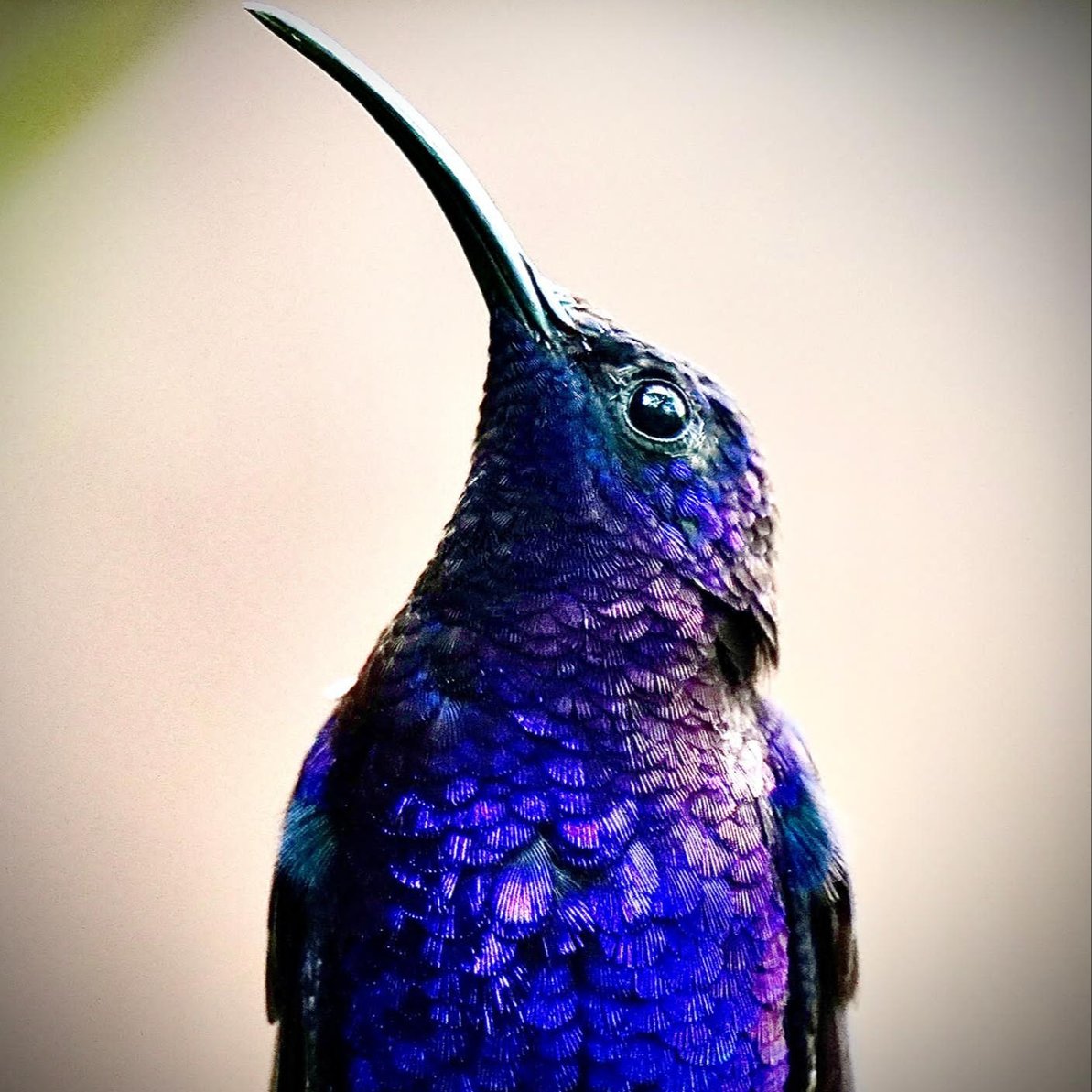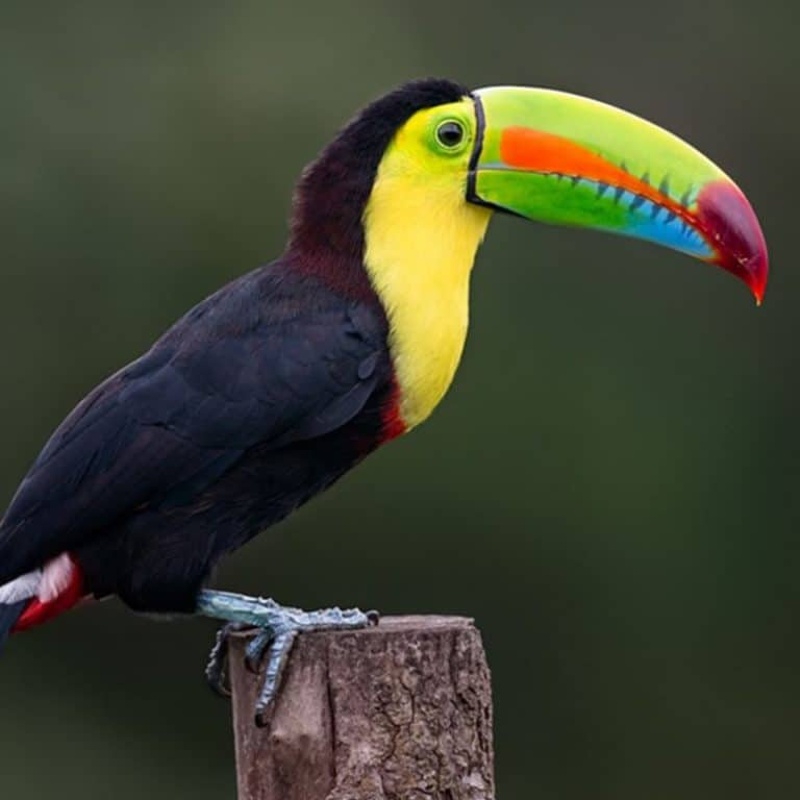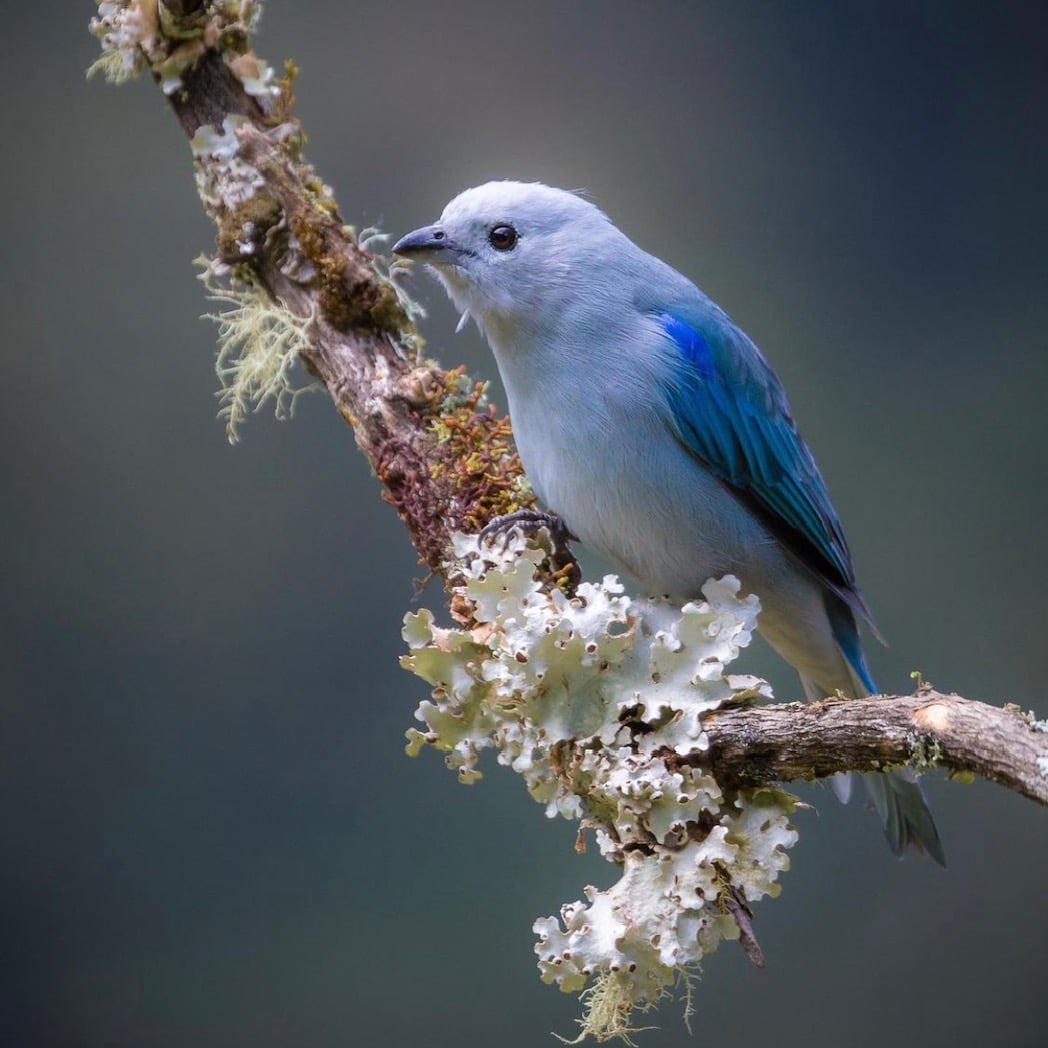
Birdwatching in Costa Rica
Costa Rica is one of the world’s best places for birdwatching. One of the reasons for this small country having such abundant bird life is its wide variety of habitats.
Within a few hours of driving, you can find rainforests, cloud forests, dry forests, mangrove swamps, jungles, and unpolluted rivers.
Another reason for the sheer number of different birds is that Costa Rica is on a major migration route through the Americas. Every winter you see warblers, vireos, orioles, as well as many other flocks of birds, migrate from North America to Costa Rica.


Among the must-see birds is the Resplendent Quetzal, Costa Rica’s most beautiful bird with its bright green back, deep red belly, and prominent tail feathers. Their bodies are relatively small for the lengths of their tails and this gives them a royal presence. This “king of birds” lives in the cloud forests of Monteverde, and the Central Volcanic Mountain Range.

The equally spectacular Scarlett Macaw with its bright red, yellow, blue, and green colored feathers, is one of the most vibrantly colored birds on this planet and one of its more recognizable. Macaws are also pretty sizable; some can be as large as 85cm from the head to the tips of their tails, and they can be pretty loud since they love to fly in flocks. This colorful and beautiful bird can be spotted in The Osa Peninsula, Manuel Antonio, and the Corcovado National Park.

Hummingbirds can be spotted right outside your room in and they provide always a show as they helicopter from flower to flower. There are many types of these birds in Costa Rica -over fifty on record- ranging in size and colors.


Trogons are also abundant by the resort with their beautiful colors. Their name relates to the way they chew rotted wood to make their nests. They don’t have strong bills but they are very good at building their breeding places.



The Keel-Billed Toucan is another resident of the Arenal that is easy to recognize. Their beautiful bill contains many degrading colors, and they are very useful for Toucans to pick berries. The first time you spot them you’ll be surprised how small they are and how colorful and sizable are their beaks.



Lastly, the Blue-Gray Tanager is a common sight in this area with its small stature and gray-blue hue. It adapts well to dry and humid forests and they are usually spotted in pairs, feasting on the local fruits.

The Arenal National Park is one of the best places in the country to spot many of these beautiful birds and the Caño Negro Safari is a great way to be introduced to birdwatching.
For some, birdwatching is a sport and a good reason to visit Costa Rica. Whether you are an expert or an amateur you will rejoice every time you see one of these beautiful birds outside your balcony. Photos @javier.chavez.photography @yahastropic.

.webp)
.jpg)
